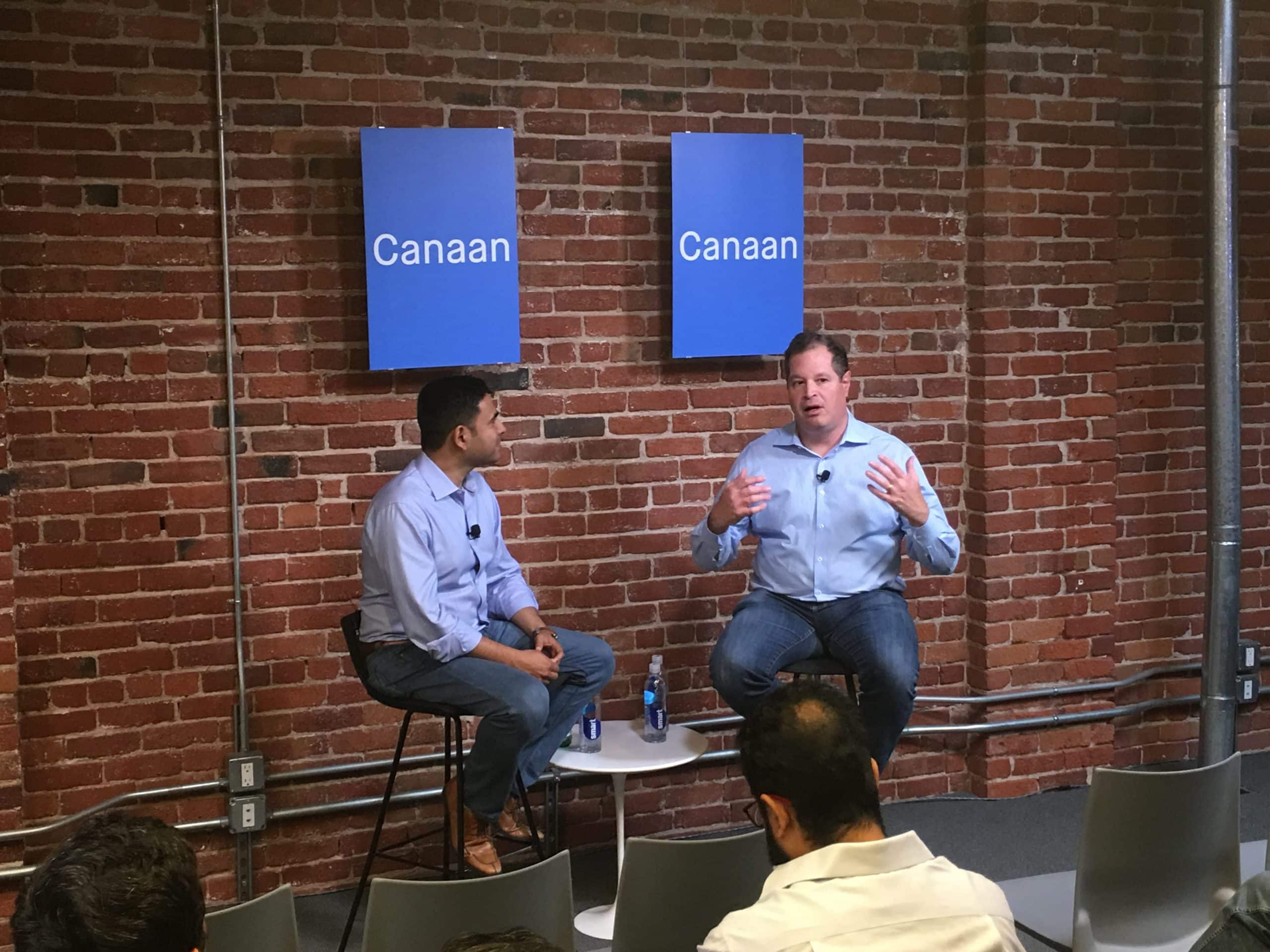
Zoom Social Mixers yield positive NPV
When we launched Paubox in 2015, our primary objective was: "How do we sell enough software to keep the lights on?" In that formative year, fundraising was tough. The only way to keep the business alive was via our customers. In Paul Graham-speak, we had no choice but to be default alive.
Keeping the Lights on

Celebrating our first 100 customers
A few key themes quickly surfaced at our shared office space in San Francisco's Mission District in 2015:
- Does our solution deliver its intended benefit? (provide HIPAA compliant email)
- Are we getting enough leads?
- Is our sales cycle short enough to get paid on a timely basis?
- Are our customers happy? If so, how do we let others know about their success?
- What can we learn from our customers to improve our solution?
Looking back on it, those were fun, simple times. We either sell software and keep the lights on, or we go home cook rice (i.e. game over). We weren't interested in turning off the lights. To simplify things, my cell phone number was listed in the upper right corner of our homepage. When Greg Hoffman joined us that summer straight out of the University of Hawaii, I changed it to his cell. We thankfully made it past year one and kept pushing. We even gave away 100 spam musubi and 100 pairs of socks to celebrate our first 100 customers.
Our Quest to become Data-Driven

Crash course on cohort analysis by Rayfe Gaspar-Asaoka (Canaan Partners)
Fast forward to 2019, it was readily apparent we needed to evolve to a data-driven company. Rayfe Gaspar-Asaoka of Canaan Partners was instrumental in helping us prepare for the journey. Case in point, during a lunch at Takahashi Market in San Mateo with Evan Fitzgerald and I, Rayfe sagely pointed out: "You’re going to stall if you’re not data-driven.” As you can imagine, we're also not interested in stalling out.
Leveling Up with Net Present Value (NPV)

Pete Kirsheman (Paubox) spending time with Derek Ueki (ALTRES) at a Honolulu social mixer (Jan 2020)
In early 2020, I read the book "Data-Driven Marketing: The 15 Metrics Everyone in Marketing Should Know" by Mark Jeffrey. Of the 15 metrics covered, I found Net Present Value (NPV) to be profoundly insightful.
Here's why:
- As explained in the book, finance is the language of business. Marketers who learn to speak this language hold sway in the boardroom.
- NPV allows you to compare marketing campaigns or activities that have different costs.
- If a dollar invested today is worth more tomorrow, then the opposite is also true: Tomorrow's profit is worth less today. NPV allows you to measure this and make informed business decisions.
- In a sane market, the value of a company is calculated by estimating its future earnings (profit) and discounting it back to today.
Calculating NPV
In plain english, NPV can be thought of as: NPV = Today’s value of expected cash flows − Today’s value of invested cash
The variables we need to calculate NPV are:
- Revenue. How much revenue did the activity or campaign bring in?
- Slippage. Since we're a SaaS business, we include a free trial. We must therefore account for the fact that not all trials will convert to paid customers. This is our slippage rate and is expressed as a percentage.
- Logo churn. In keeping with a SaaS business model, customers will at some point stop being a customer and thus stop paying us money. This is (customer) logo churn and is also expressed as a percentage. Keep in mind logo churn is not the same as revenue churn.
- Cost. How much did we spend on the marketing activity or campaign?
- Discount rate. The discount rate is the rate of return investors can expect to get by investing in similar firms. In our case, we concluded 15% was a reasonable discount for a SaaS startup. The idea behind a discount rate is that investors have freedom to choose where they invest their money, so the return of our company should be comparable to that of similar firms (i.e. SaaS startups). Admittedly, there was scant data available on discount rates for SaaS startups.
In a nutshell, we use Revenue, Slippage, Logo Churn, and Discount rate to calculate the present value of our expected cash flows and we subtract that from Cost. The result is the Net Present Value of a given marketing activity.
NPV to drive Marketing decisions
From a marketing perspective, it's now pretty simple. If NPV is greater than zero for a marketing activity, keep doing it. If it's less than zero, discontinue.
Going back to our early statement about the value of a company being calculated by its future earnings discounted back to today, this is precisely what NPV allows us to see. Putting it all together and assuming a sane market, the reason to invest in positive NPV campaigns is your share price will go up. For negative NPV campaigns, your share price will go down. This is powerful stuff!
Caveat: NPV is an inexact science because there is risk in the assumptions and the discount rate. With accurate data however (e.g. slippage & logo churn), we can reduce risk.
Subscribe to Paubox Weekly
Every Friday we'll bring you the most important news from Paubox. Our aim is to make you smarter, faster.

 Hoala Greevy
Hoala Greevy


